Where to Go
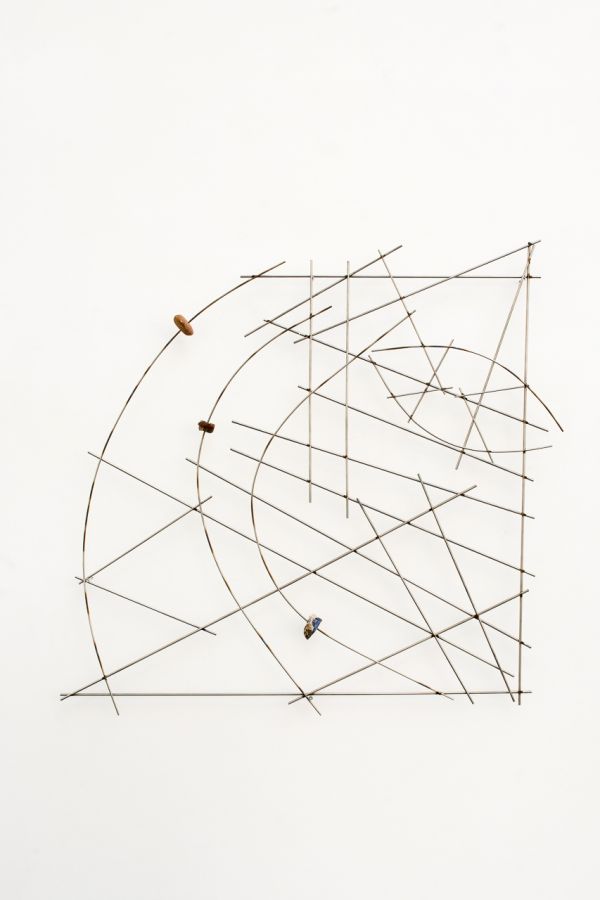
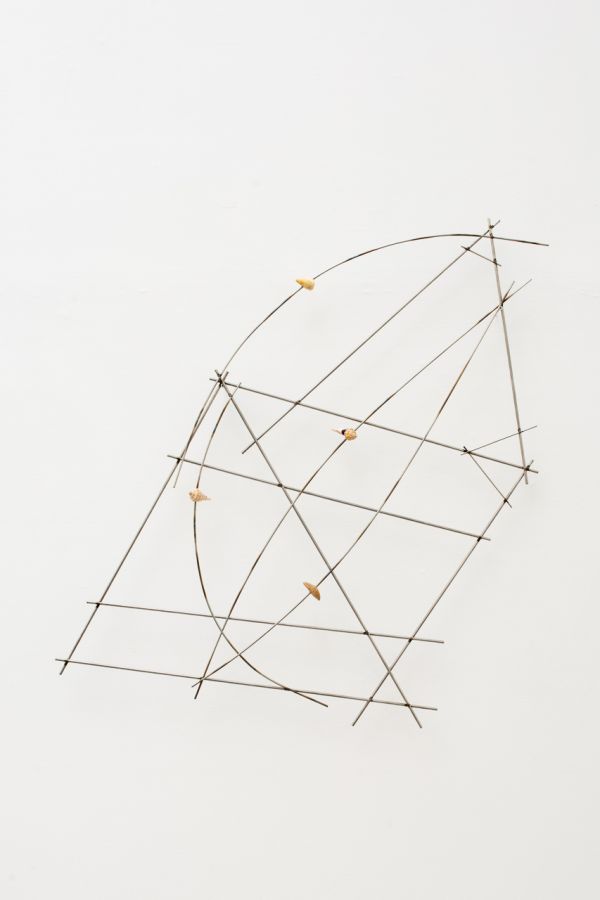
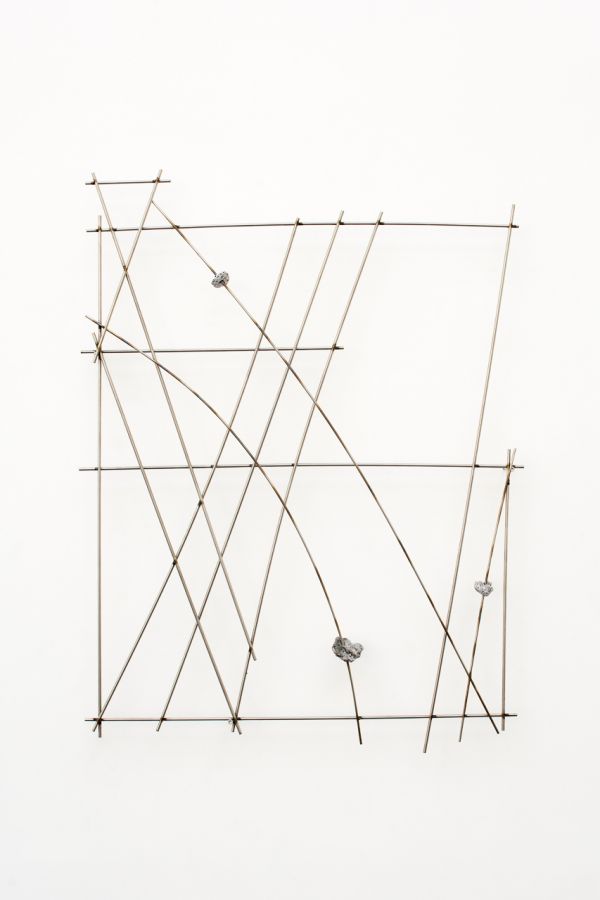


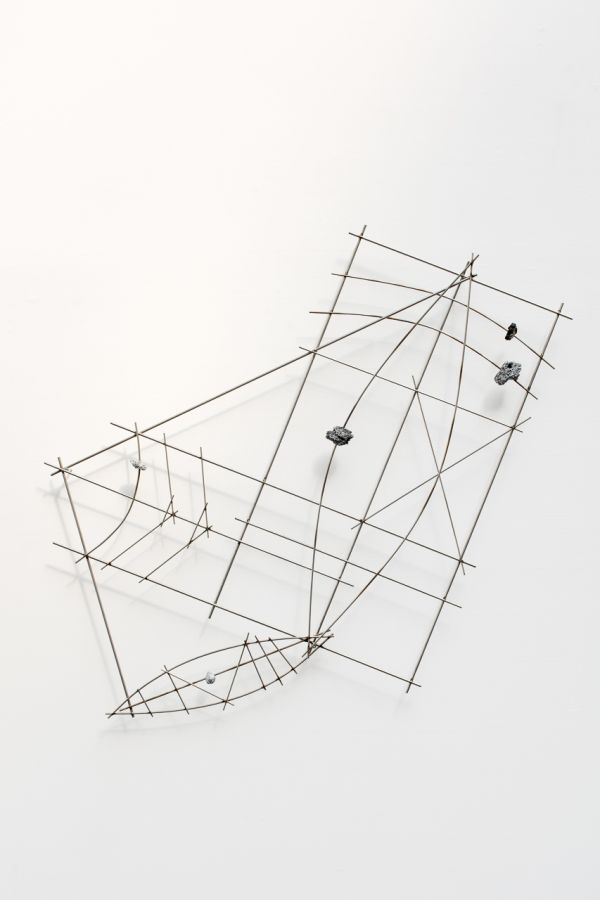
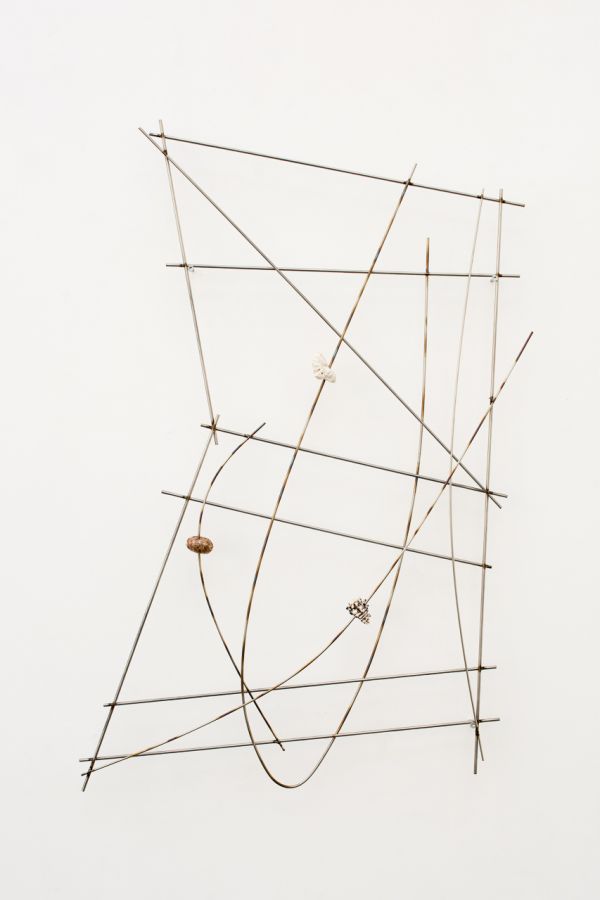

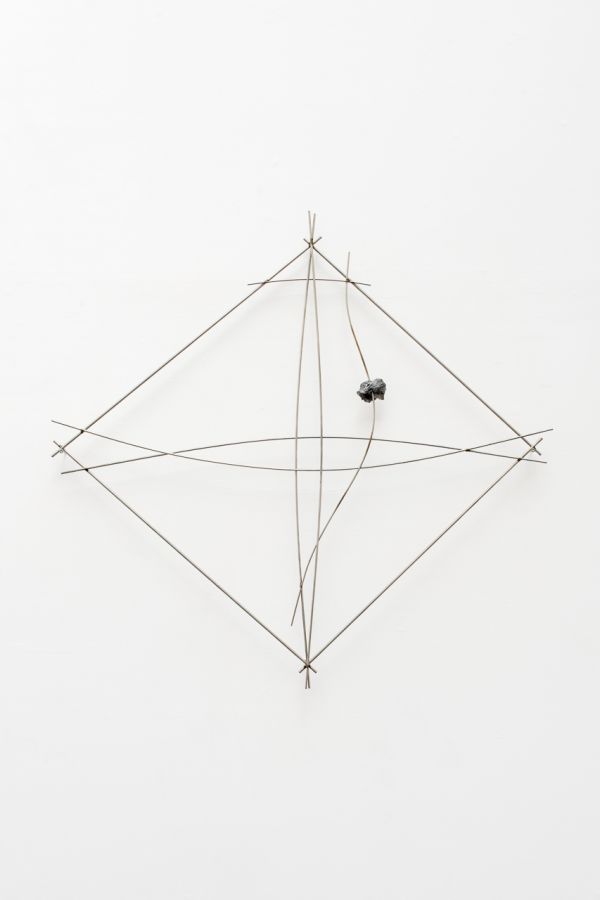
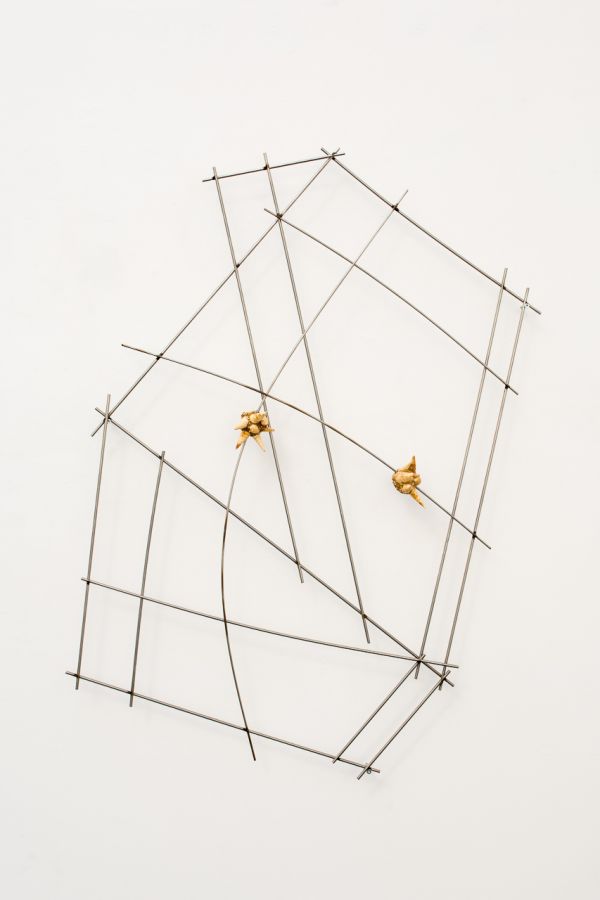


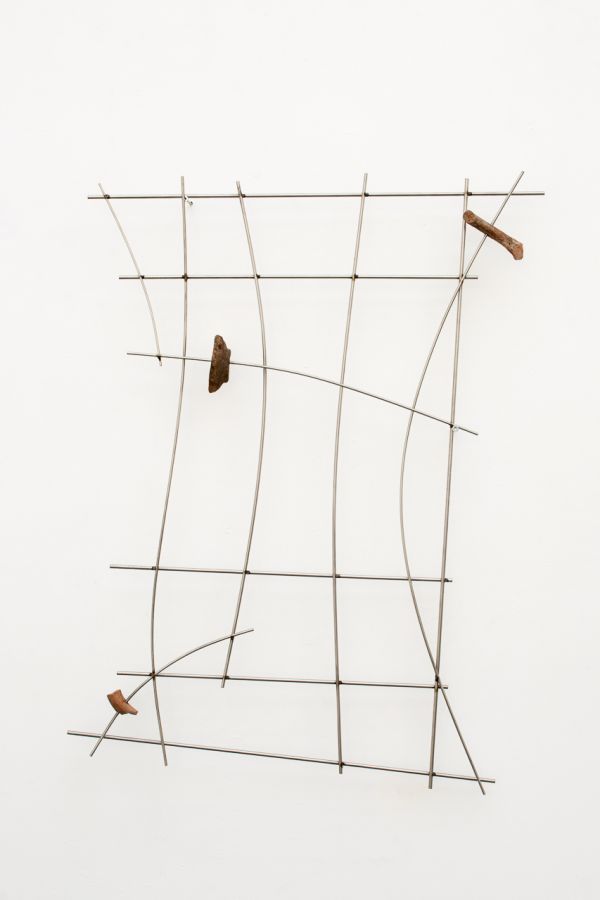
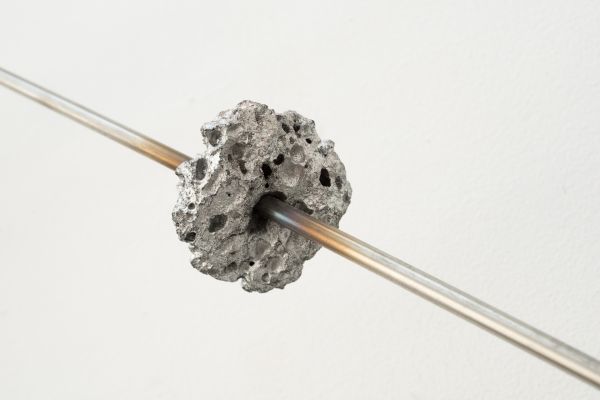
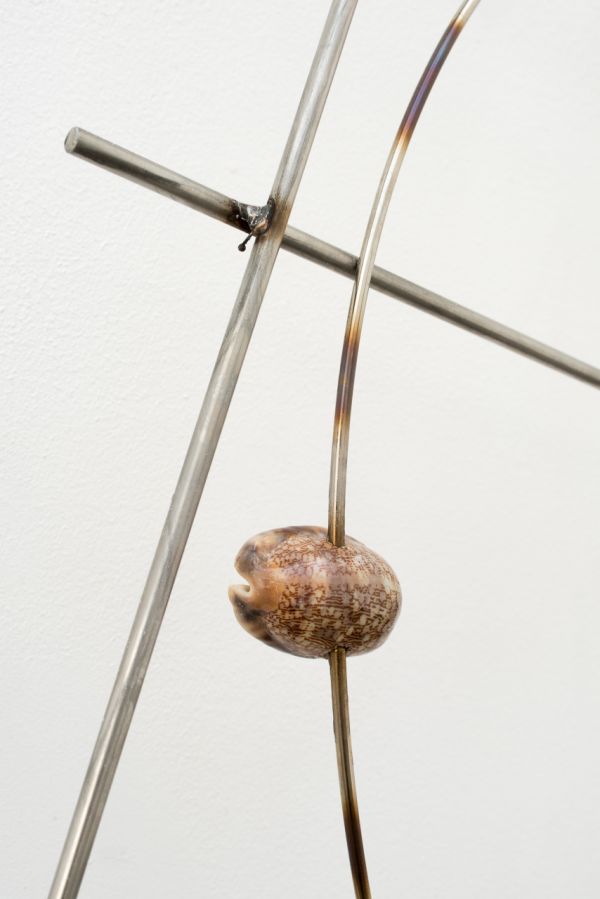
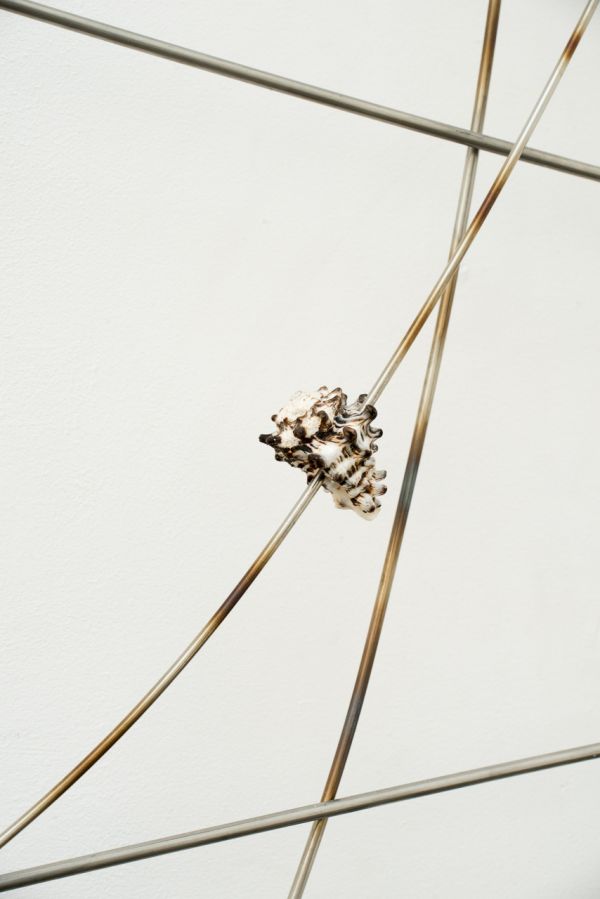

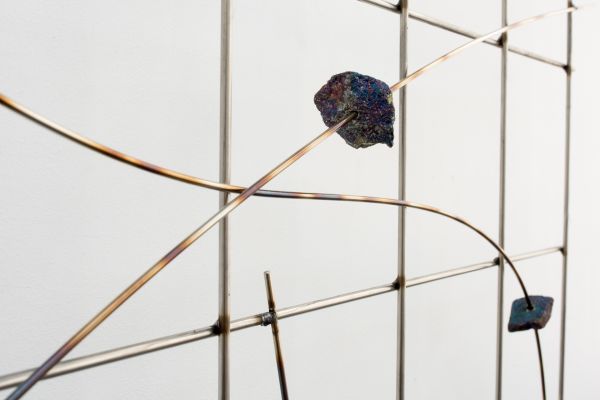
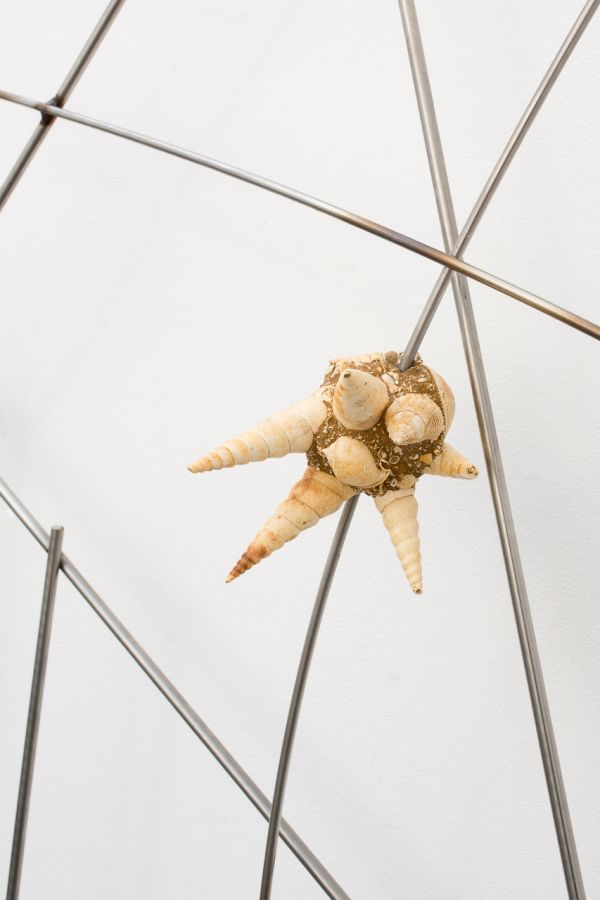

Alpha Pomssen (Where to Go), 2016
Stainless steel, stones,
136 × 138 cm
Aquarii Mare Extra (Where to Go), 2016
Stainless steel, shells
137 × 116 cm
Gliese Pantelleria (Where to Go), 2016
Stainless steel, lava stones, paint
128 × 101 cm
Kepler 11 Amazoncom (Where to Go), 2016
Stainless steel, stones
108 × 110 cm
Helvetios Pentelicus (Where to Go), 2016
Stainless steel, marble
92 × 114 cm
Lich Kawaii (Where to Go), 2016
Stainless steel, lava stones, paint
133 × 143 cm
Le Trident de Neptune (Where to Go), 2016
Stainless steel, shells, coral
130 × 90 cm
Mu de l’Autel Epoxycore (Where to Go), 2016
Stainless steel, epoxy
82 × 100 cm
Proxima Stromboli (Where to Go), 2016
Stainless steel, lava stones, paint
139 × 145 cm
Ran Concha (Where to Go), 2016
Stainless steel, shells, clay
152 × 108 cm
Rho Cancri Atlanticus (Where to Go), 2016
Stainless steel, shells
122 × 76 cm
Titawin Ontake (Where to Go), 2016
Stainless steel, lava stones
160 × 104 cm
Syracure Trappist 1 (Where to Go), 2016
Stainless steel, ceramic
109 × 82 cm
The thirteen sculptures of the series Where to Go (2016) associate traditional Polynesian and Micronesian nautical charts with data from the Kepler telescope mission. On these stick charts created as early as 1000 B.C. and used to navigate the Pacific archipelagos, islands are represented by small shells at the intersections of sticks, and ocean swells by diagonal and curved sticks. The Kepler spacecraft, meanwhile, was launched in 2009 by NASA to discover and study exoplanets (planets outside our solar system) orbiting other stars in our galaxy. Inspired by its findings, with these thirteen sculptures Adrien Missika maps out not the sea, but the cosmos and the location of potentially habitable exoplanets, here represented by lava rocks, pieces of marble, and seashells that the artist has collected over the course of his travels; their orbits are represented by thin strips of stainless steel.

















